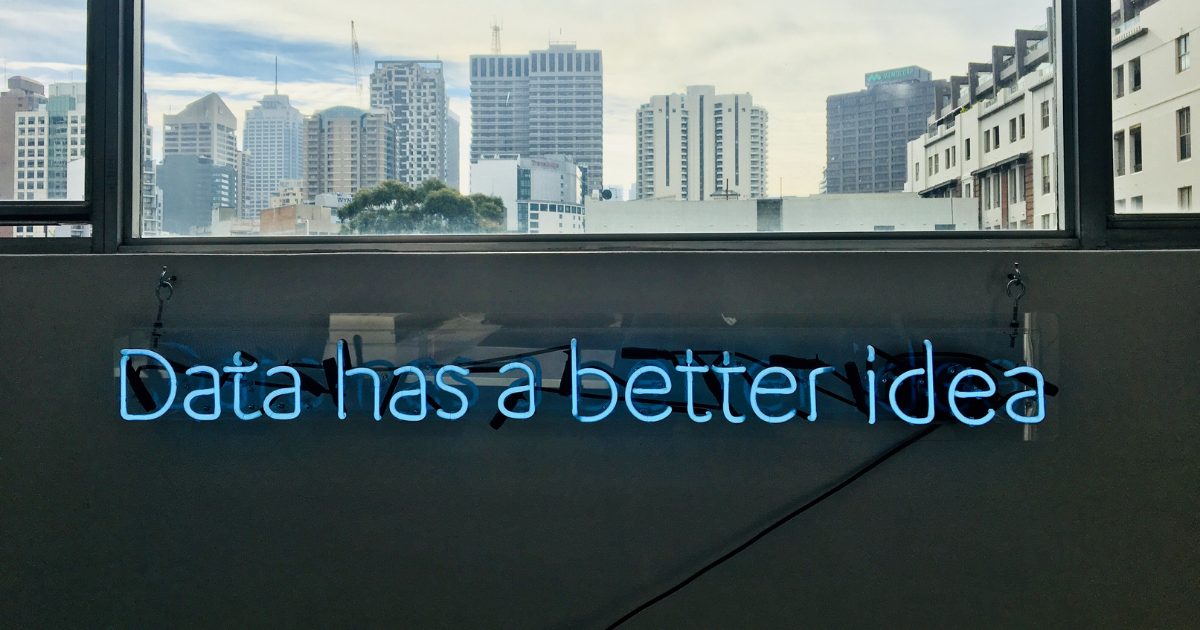Through the ‘90s and early 2000s, the growth of digitization led to a huge surge in the amount of data available to, and used by, companies. This preponderance of information hailed a new era for many industries as big data allowed user analytics on a new scale, and the declaration was made that data was the “new oil”, that is, a new resource to be tapped as a source of great wealth. Big Data was indeed the term de jour.
But the dirty secret of big data was that the value was always in quality over quantity. Enormous amounts of time and resources were required to clean the data, discovering what was useful, and rejecting what was not. Nowadays all thriving companies have strategies to do this and extract the value from big data as best they can. That’s where big data AI comes in.
AI offers a paradigm shift in the way data can be stored, sifted, and analyzed. Big data AI not only allows us new ways of interpreting the data we already have but also allows us to utilize new forms of data – photo and video for instance – that were previously unwieldy with traditional analytic techniques. The days of big data are over – now it’s all about big data AI.
New Analytic Methods
The value of big data was never in how much you could accumulate, but what you could do with what you had. Traditionally, this was a labor-intensive process, requiring a vast department of data scientists, using queries and SQLs to analyze data before any insight could be gained. “AI is having a revolutionizing effect on data analysis,” we’re told by Jeffrey Schultz, a tech writer at OXEssays and State Of Writing. “The ability of AI to operate semi-autonomously in a data environment effectively reduces the manpower required for analysis. Decisions about data uses and statistical predictions are now generated from the AI, rather than requiring human input.”
Big data AI, then, is streamlining data analysis and letting big data reach new levels of potential.
Dirty Data
One thing AI can’t change is the fact that your raw data needs cleaned and processed before there’s any application for it. However, what AI can do is refigure the processes that prepare that data for use. Even big data AI projects spend a huge proportion of their time getting the data ready. The good news, though, is that AI data can be cleaned by applying AI itself. Outliers can be sought out and rejected and duplicate data can be intelligently analyzed through AI, preparing the perfect data set for analysis.
Forward Thinking AI and Predictive Analytics
Traditionally, data analytics focussed on presenting an accurate depiction of what had happened and then projecting based on that and not much more. This inevitably backward-looking approach to data analytics was pretty good at inductive predictions, but ultimately unresponsive to dynamic markets in a fast-changing world. Big data AI is taking on data analytics and to make updated predictions about the future based on more than what it knows has happened in the past.
Teresa Oden, AI blogger at Ukservicesreviews and Top essay writing services says that “predictive analytics can now provide futuristic insights to strategy that are fundamentally different from traditionally produced predictions. Big data AI is no longer solely reliant on past and present data points to make its predictions.” It seems big data AI really is a glimpse at the future.
A Human Touch
The expansion of the role of AI in big data and its analysis doesn’t make human intervention obsolete. AI needs to be in touch with human intuition every step of the way as a machine learns to analyze the data that it possesses. This creates a holistic approach to big data, where the analytic AI is grounded by human understanding, permitting connections between data sets to be made and studied. It’s this connection between human and artificial intelligence that offers a powerful vision for businesses keen on accessing insights beyond data science.
An AI Future
Big data arrived with a bang and it’s here to stay, but the way we use it is being transformed by artificial intelligence and machine learning. The power of combining AI with big data for efficient results and new insights are still only just being discovered. Businesses need to be cautious about how AI is applied to their data, as making predictive business decisions on the basis of inadequate data can be problematic.
However, AI is providing new and dynamic methods for understanding the value of the data we do have. Businesses seeking to apply AI to data will need to test the water before they take the plunge, but AI is certainly going to have a radical effect on how and why a business can make use of big data.
Katherine Rundell is an elearning consultant at Write My Essay and Essay Help Services and has a masters in data science. She has been involved in many projects utilising the power of machine learning to interpret big data sets. More of her work can be found at Top Canadian Writers.





